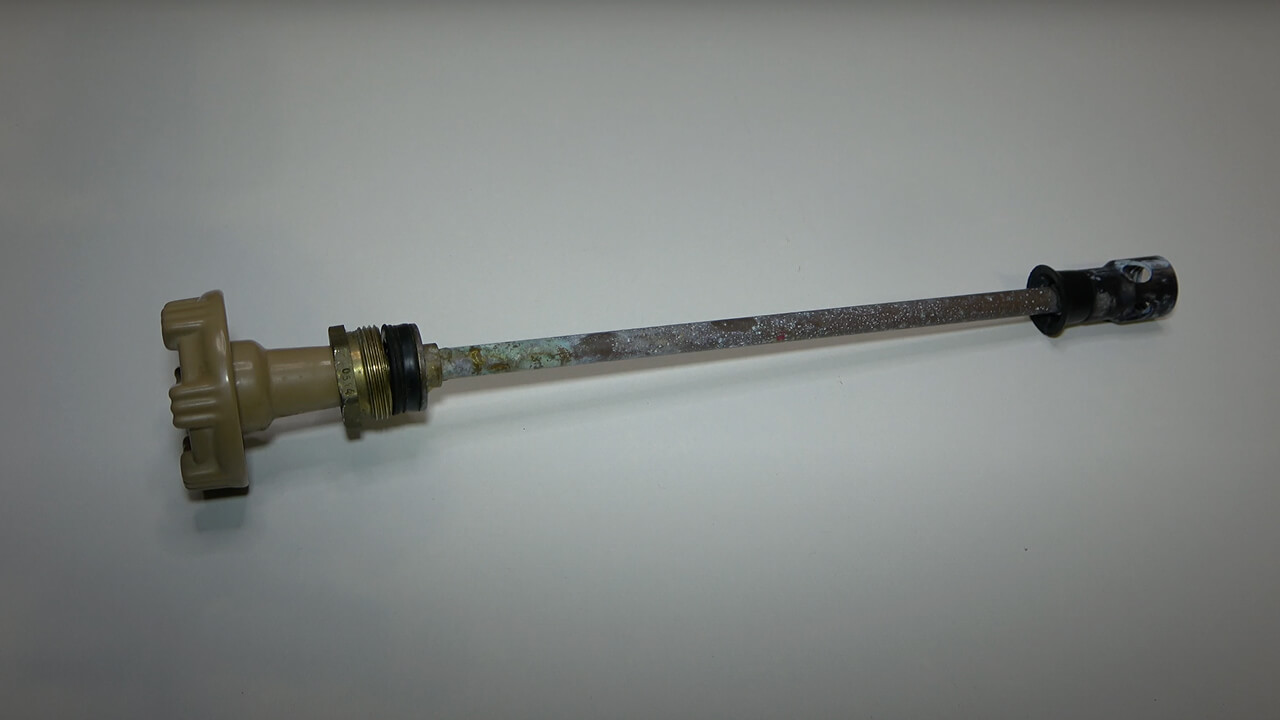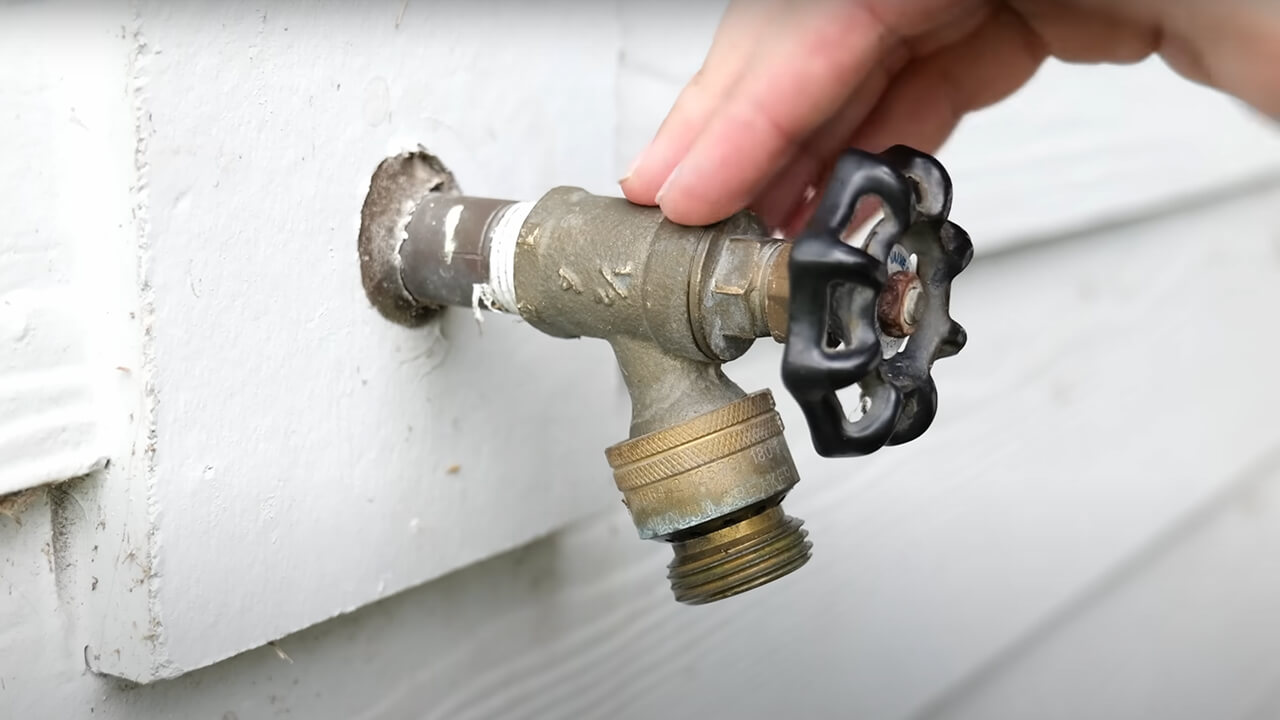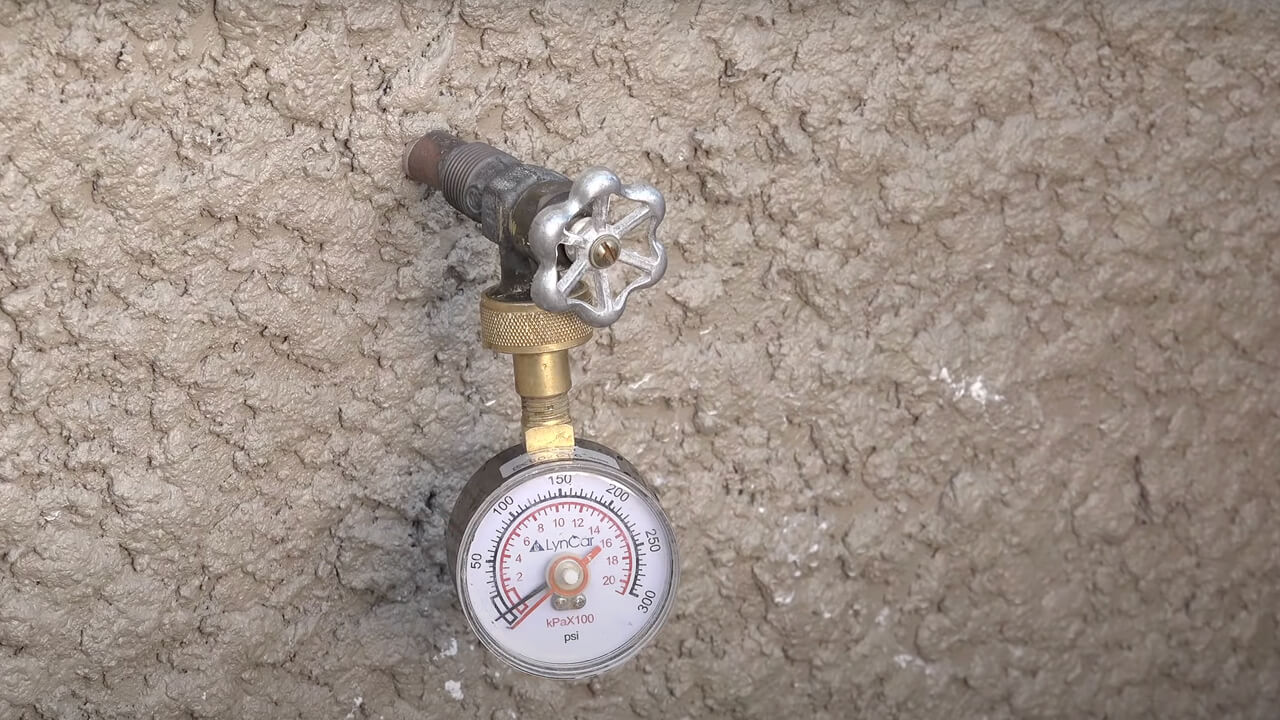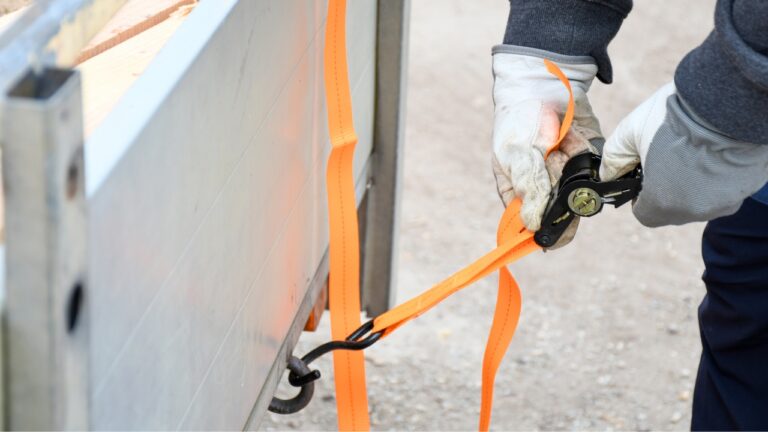What You Should Do First If the Outdoor Faucet Keeps Dripping
A dripping outdoor faucet might not seem urgent, but that slow leak adds up fast—and can signal bigger issues. Whether it’s a constant trickle or only leaks after shutting it off, it’s worth checking before it turns into wasted water or pipe damage.
Before you call a plumber or start replacing parts, a few quick steps can help you figure out what’s really going on.
Check the Hose Connection First

Sometimes the leak isn’t from the faucet itself—it’s from the hose or sprayer that’s still attached. A worn washer or loose fitting at the connection point can drip even when the faucet is off. Unscrew the hose and see if the leak stops. If it does, swap out the rubber gasket or tighten the fitting before digging into the faucet.
Inspect the Packing Nut Under the Handle

If water’s leaking from around the handle, not the spout, the packing nut might be loose. Use a wrench to snug it up—but don’t overtighten. A quarter-turn is usually enough. This small fix often stops a handle leak without needing to take the whole thing apart.
Turn Off the Water and Check the Washer

If it’s still dripping with nothing attached, you might have a worn-out washer inside. Shut off the water to that faucet, unscrew the stem, and check the washer at the bottom. If it’s cracked or flattened, replacing it should stop the drip. This fix costs less than a dollar and usually works.
Look for Cracks in the Spout or Threads

If the faucet is old or has been through a few freezes, the spout itself might be cracked. Even a hairline fracture can cause dripping, especially when the pressure is high. Run your finger along the threads and the base of the spout to check for any splits or rough spots. If it’s damaged, no amount of washer-swapping will stop the leak—it’ll need to be replaced.
Make Sure the Freeze-Proof Valve Fully Closes

If you’re using a freeze-proof (or frost-free) spigot, the shut-off valve is actually further inside the wall. That means you can’t always tell if it’s closing all the way. If it’s dripping even after a washer change, the internal rod might be worn or bent. In that case, you may need to replace the whole stem assembly—or the entire unit if it’s beyond repair.
Check for Water Pressure Issues

High water pressure can wear out seals and washers faster, especially on outdoor spigots. If your faucet keeps leaking after you’ve replaced parts and tightened everything down, check your water pressure with a basic gauge. If it’s running too high, installing a pressure regulator at the main line can prevent future problems.
Don’t Ignore It if It Only Drips Occasionally

A leak that seems to come and go is still a problem. It could be caused by expansion from sun exposure, pressure buildup in the hose, or inconsistent shut-off. Even intermittent drips waste water and wear on the faucet. Fixing it now saves you from bigger repairs later—especially if it freezes or worsens mid-season.
*This article was developed with AI-powered tools and has been carefully reviewed by our editors.






